|
|
|
|
|
|
|
|
|
|
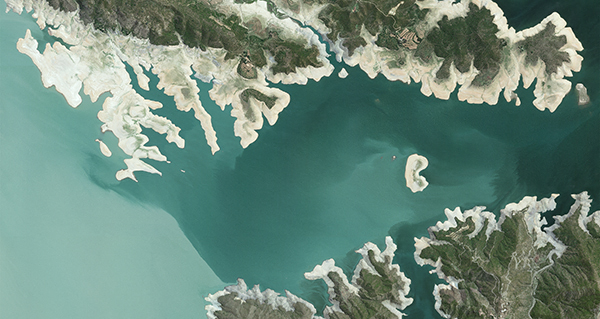 |
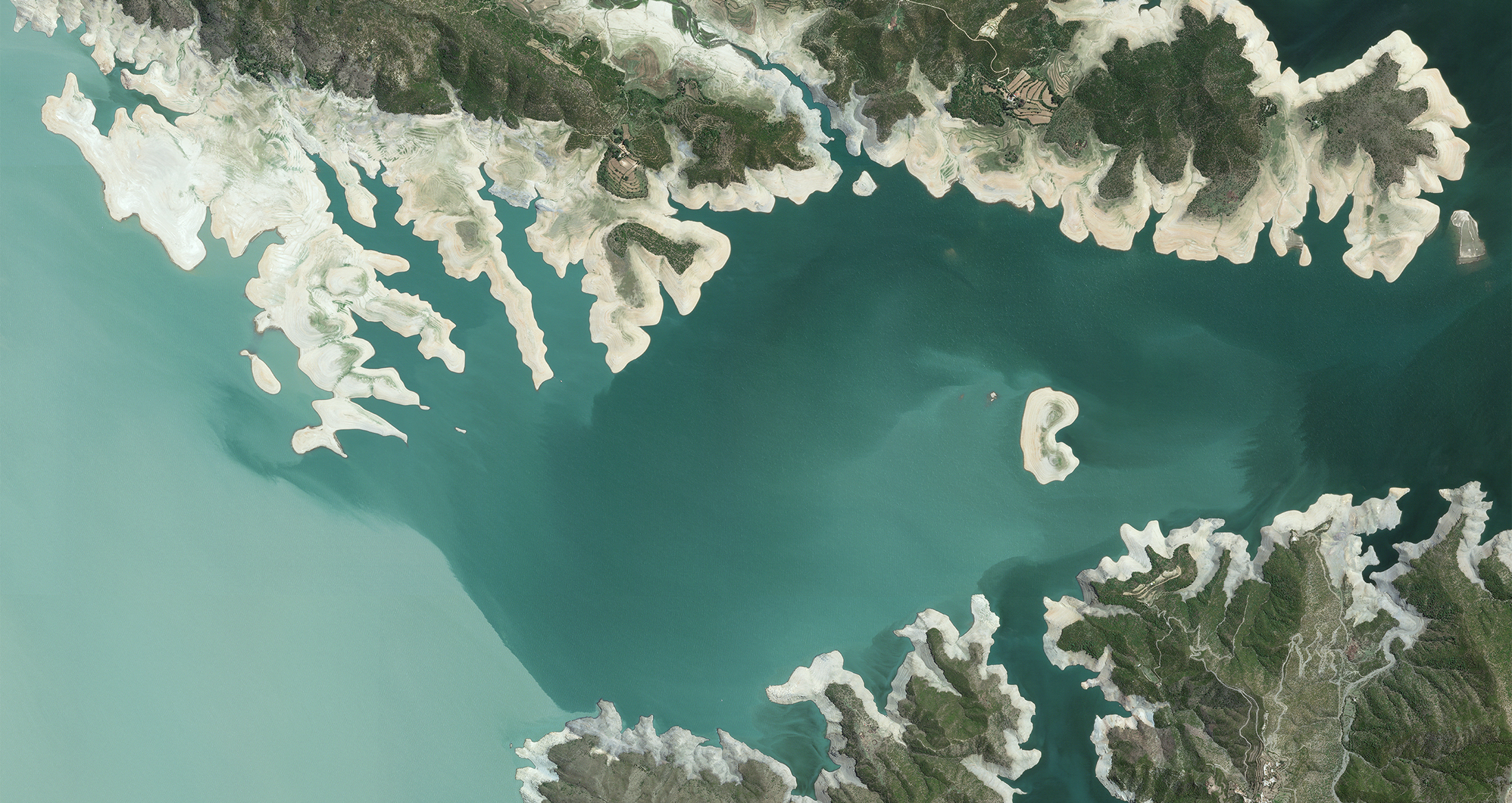 |
SkySat • Tarbela Lake, Pakistan • May 9, 2023 |
In this week’s issue:
Unique and changing lakes Wildfires turn Northeast America hazy Satellites spot a spotted lake Having trouble viewing images? Then read this issue on Medium! |
|
|
|
|
FEATURE STORYLakes
Like a facial pimple, lakes take up relatively little of Earth’s surface yet command outsized attention. Lakes only account for 0.013% of the planet’s total water. But where water pools, people amass. Over half of the global population lives less than 3 km (2 mi) from a surface freshwater body. Meaning the odds are you’re just a quick trip from a dip in a lake as you read this. And even if you aren’t, the water in your cup or the food on your plate almost likely got there because of one nearby. |
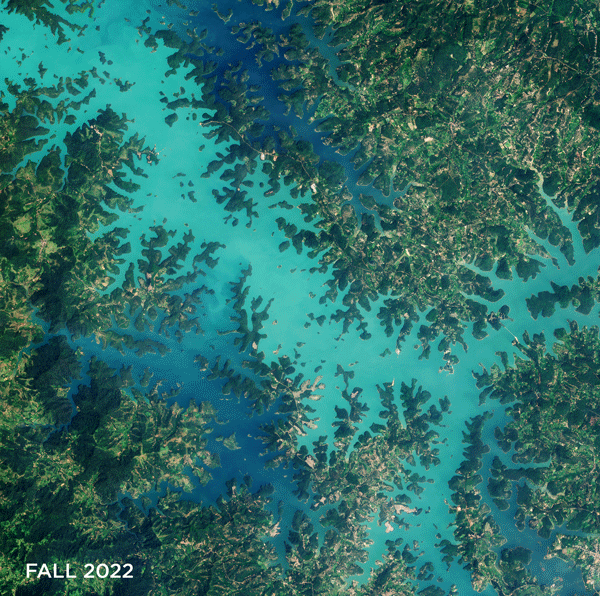 |
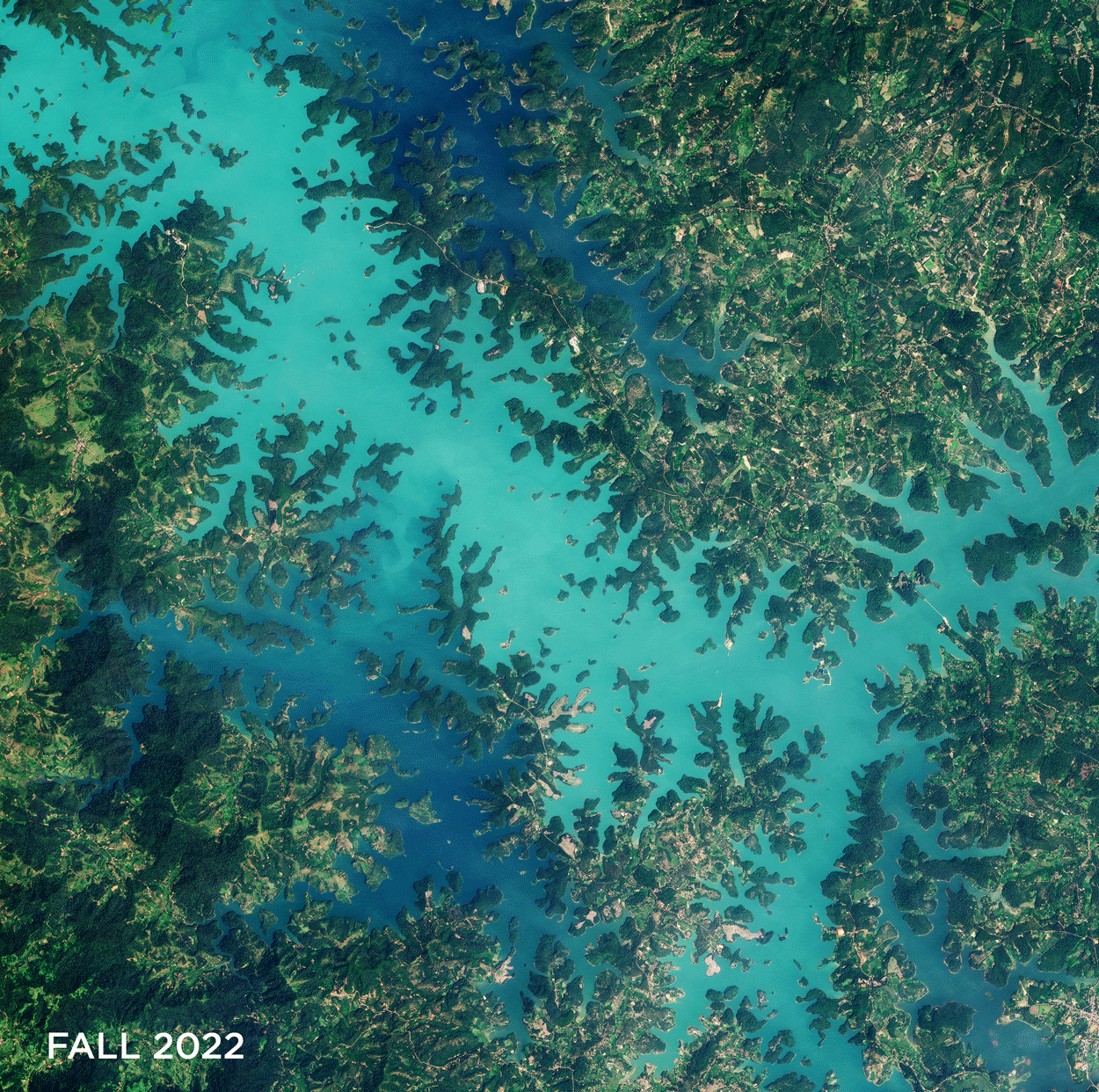 |
PlanetScope • Seasonal reservoir fluctuations, Linganamakki Reservoir, India • October 23, 2022 - April 1, 2023 |
But unlike wine that usually gets better with age, problems with lakes are only getting worse with time. A study published last month used satellite and hydrological data to monitor nearly 2,000 of the world’s largest lakes over the past 3 decades. They found that 53% of them had lost enough water to fill Lake Mead—the largest reservoir in the US—17 times over. |
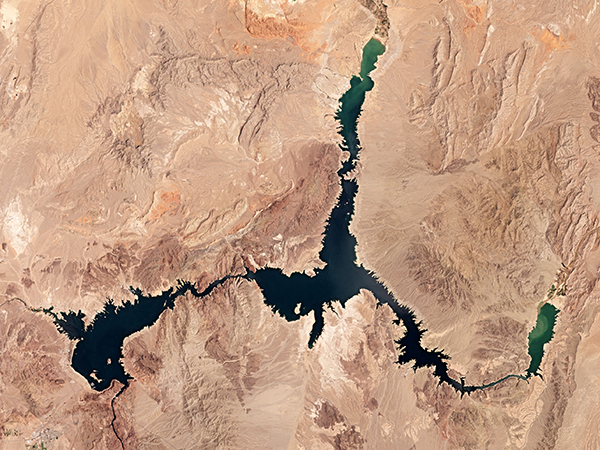 |
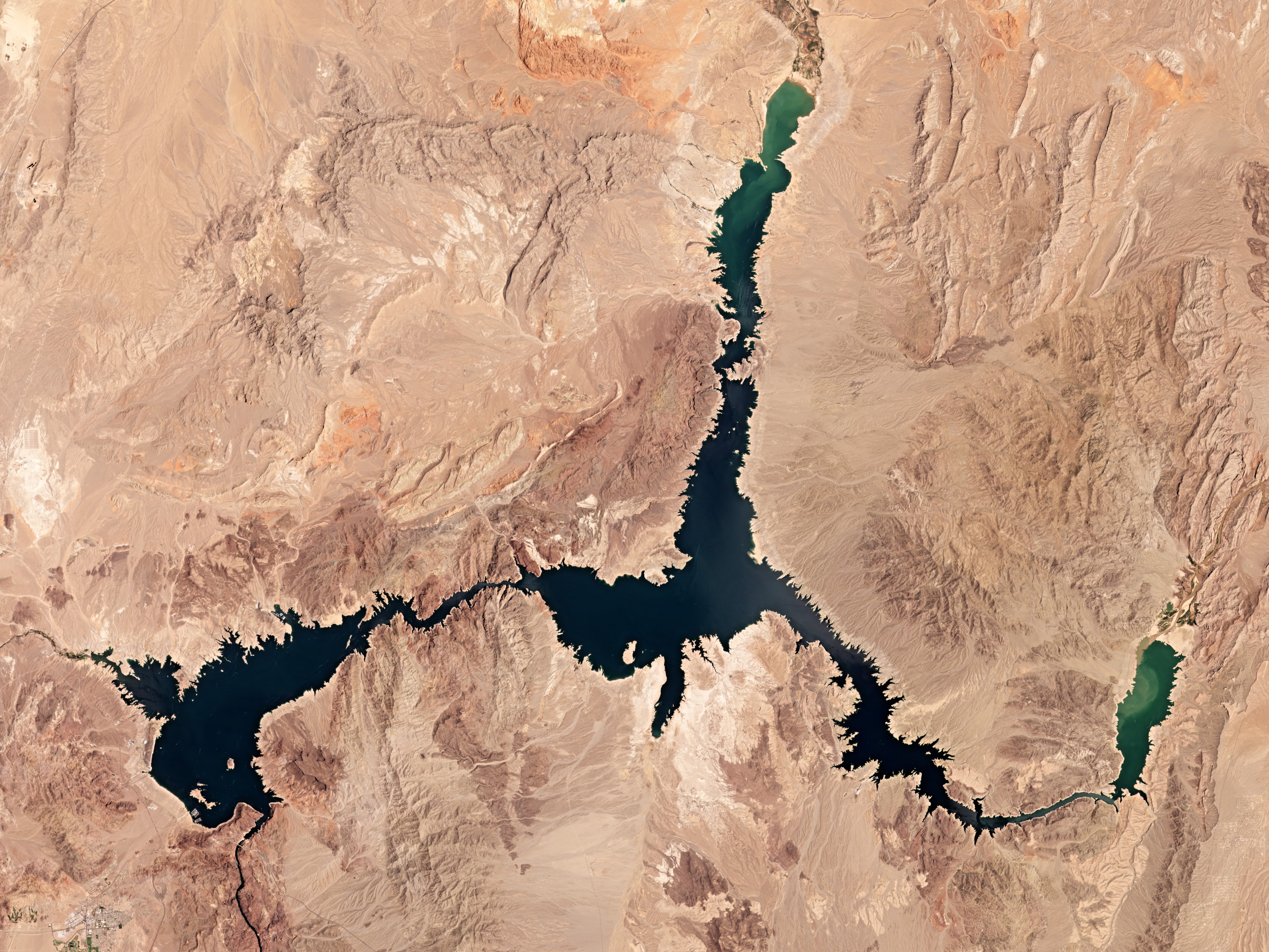 |
PlanetScope • Lake Mead, Nevada, USA • June 12, 2021 |
So this week, with lakes both in peril and top of mind as the northern hemisphere enters summer, we’re taking a look at some of the most striking ones we’ve come across and their growing problems. And what better place to start than the oldest and deepest lake in the world, Lake Baikal, which holds an astonishing 20% of Earth’s unfrozen (though partially frozen here) freshwater. |
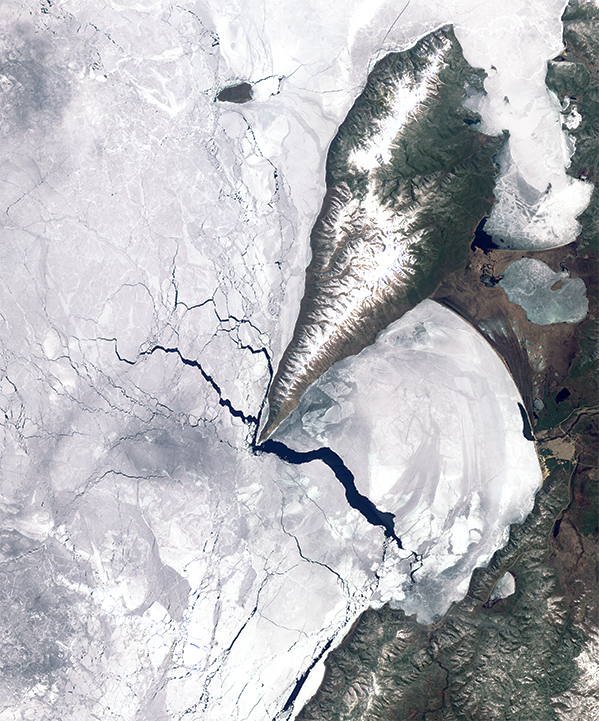 |
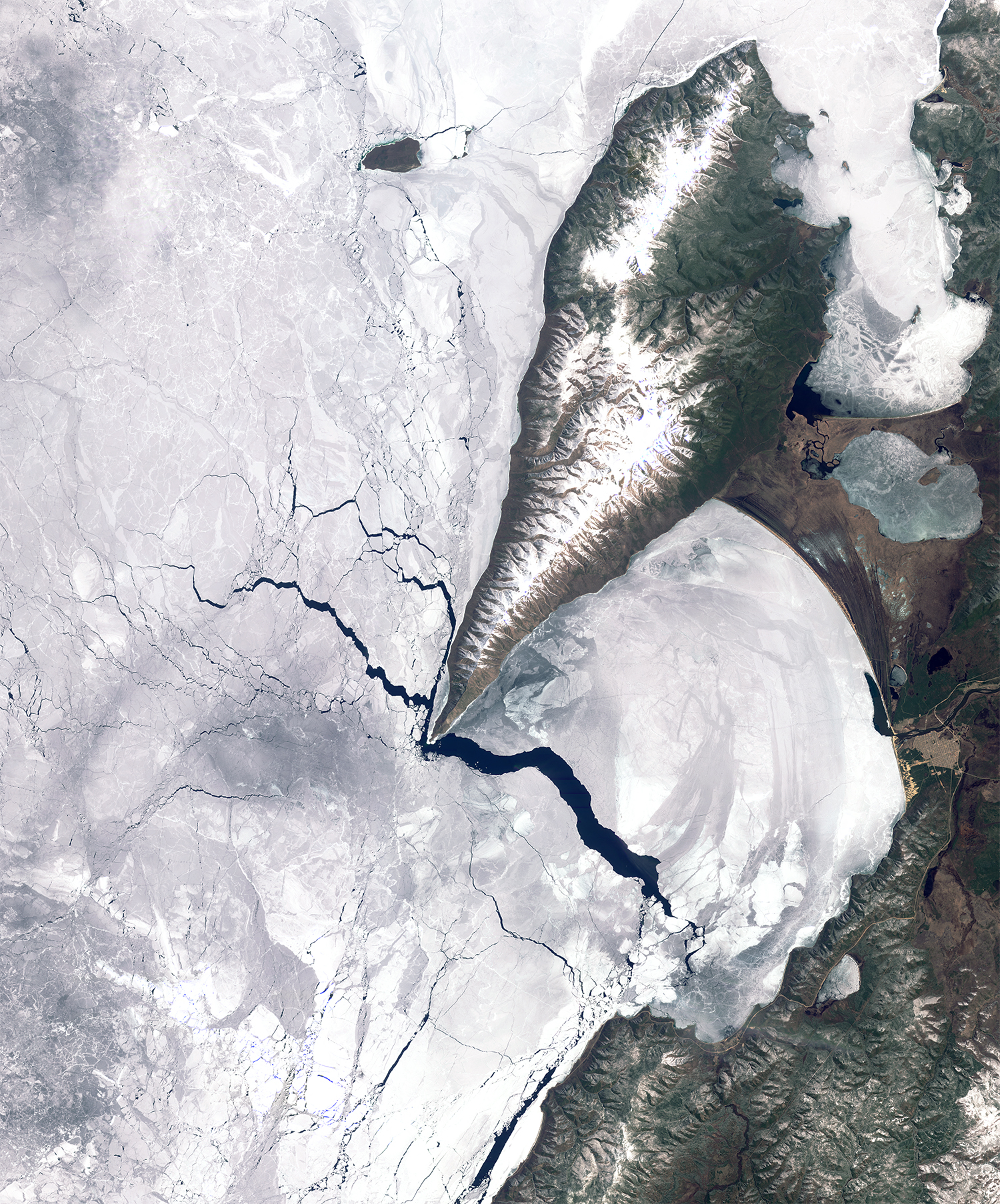 |
PlanetScope • Lake Baikal, Russia • May 15, 2021 |
We won’t spend much time discussing the benefits of lakes. It’s pretty simple: they’re a critical freshwater resource, sustain invaluable biodiverse ecosystems, and provide other services like recreation, irrigation, and transportation. But where there’s use, there’s abuse. Rising populations and growing agricultural industries strain and drain water resources, sometimes to the point of near-disappearance. |
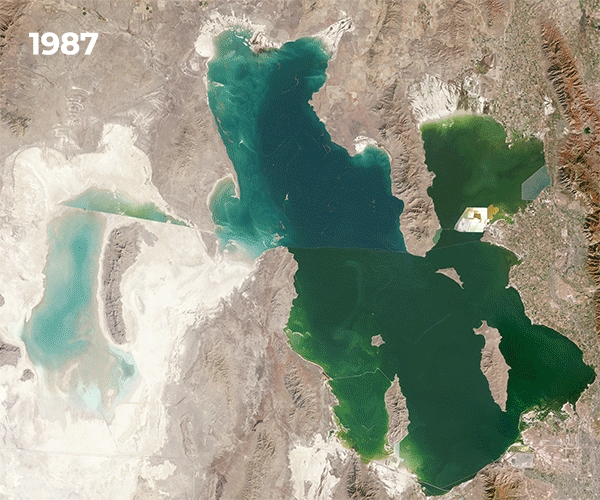 |
 |
NASA/USGS Landsat & PlanetScope • Great Salt Lake, Utah, USA • 1987- 2021 |
Agriculture presents a trident of trouble for lakes: siphoning too much water, pesticide contamination, and nutrient pollution. Historically lakes have been “great” spots for diluting industrial contaminants and waste, which often lead to algal blooms and other eutrophication events. The Salton Sea is perhaps one of the best examples of agricultural runoff run amok, and a story of how a Californian premier resort town turned into a toxic wasteland. |
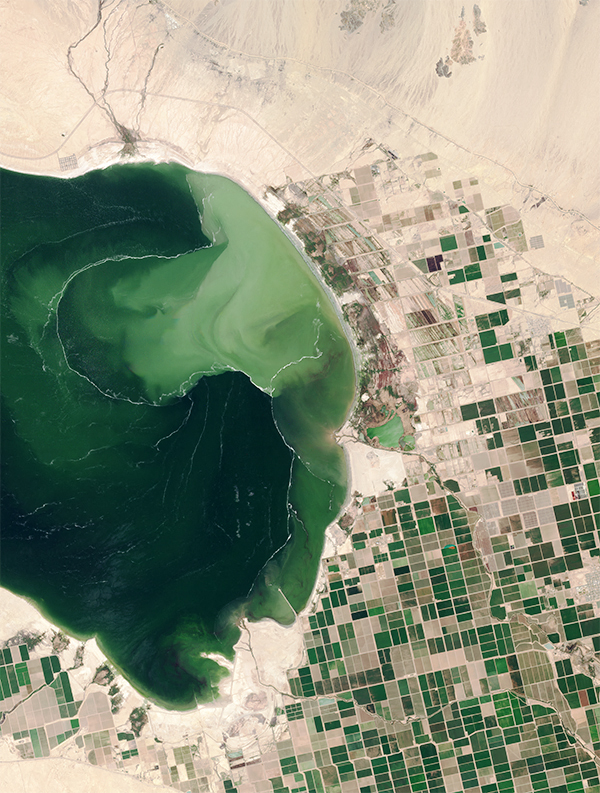 |
 |
PlanetScope • Salton Sea, California, USA • May 5, 2023 |
Climate change-induced warming temperatures and greater evaporation are another primary driver of the global lake decline. And with the stressors mounting, geopolitical conflicts over water availability will likely get worse. Egypt damned their upstream neighbor, Ethiopia, over their decision to dam the Nile. They say it’ll restrict much needed access to the water even while it generates critical electricity for Ethiopia. |
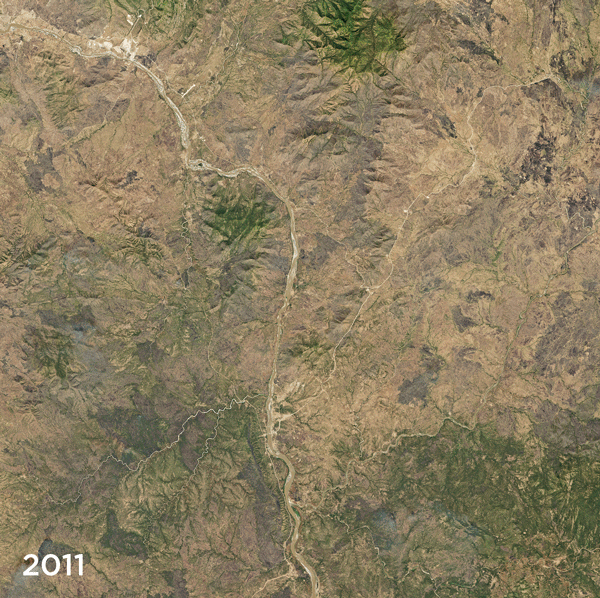 |
|
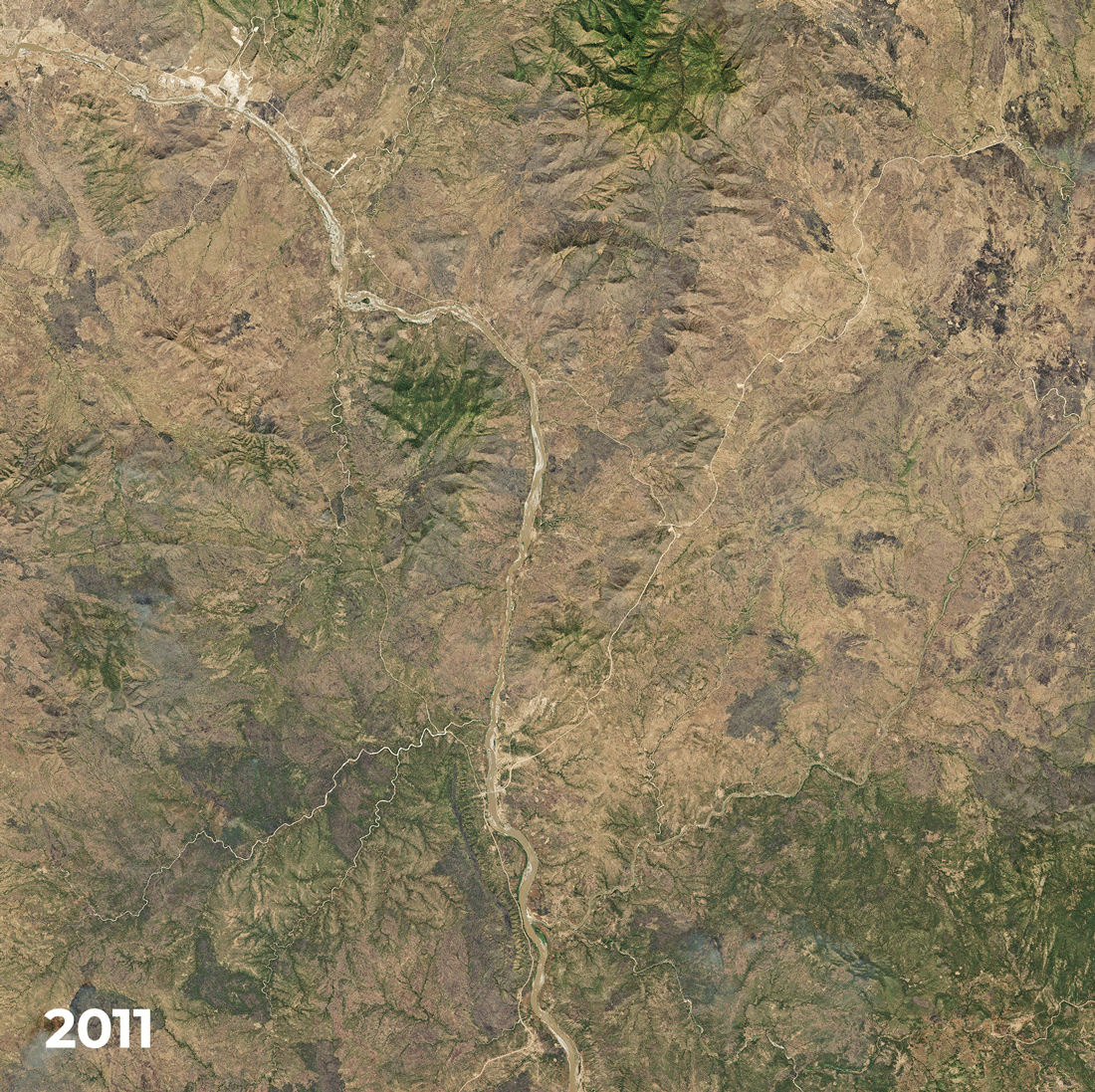 |
RapidEye & PlanetScope • Grand Ethiopian Renaissance Dam, Bameza, Ethiopia • November 27, 2011–2022 |
Folks have been discussing the ever-changing nature of water for millennia. So it should come as no surprise that lakes aren’t permanent fixtures, they’re mutable entities that dry up, fill, evaporate, fill again, re-route, and erode. This year’s winter storms brought record rainfall to California’s agricultural valleys, filling up the Lazarus-like Tulare Lake once again. |
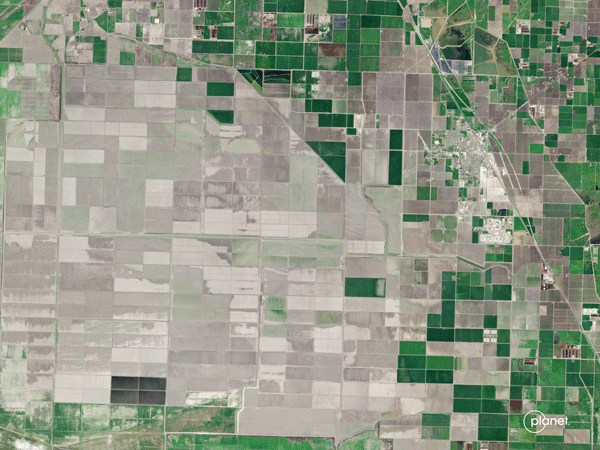 |
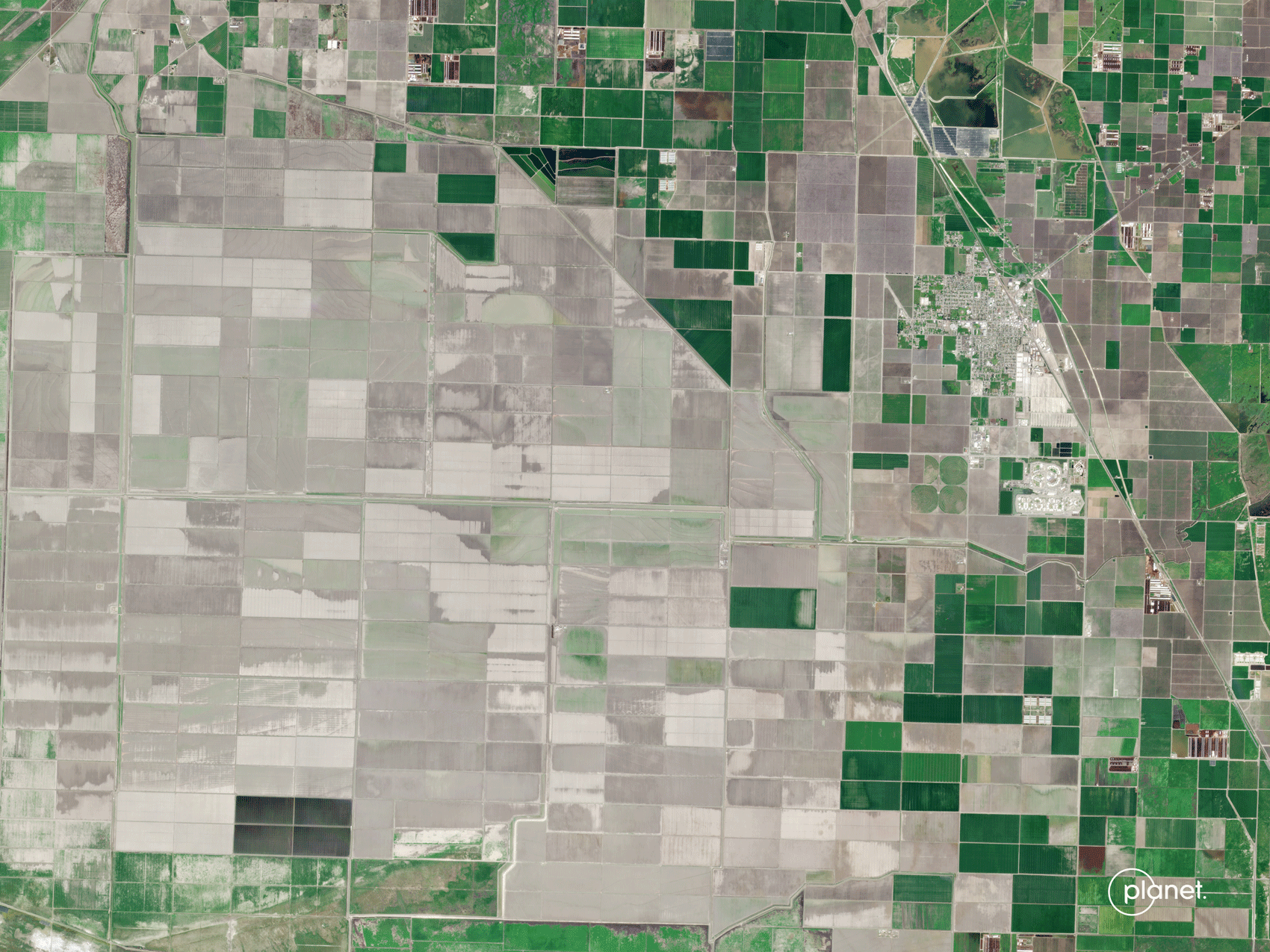 |
PlanetScope • Tulare Lake, California, USA • March 2 - April 23, 2023 |
Water in open lakes, like freshwater ones, leaves via a river or other outlet. But if it’s endorheic—aka has no outflow—water evaporates and often creates salty conditions. Many of the vibrantly-colored lakes seen across the world are the result of this process. |
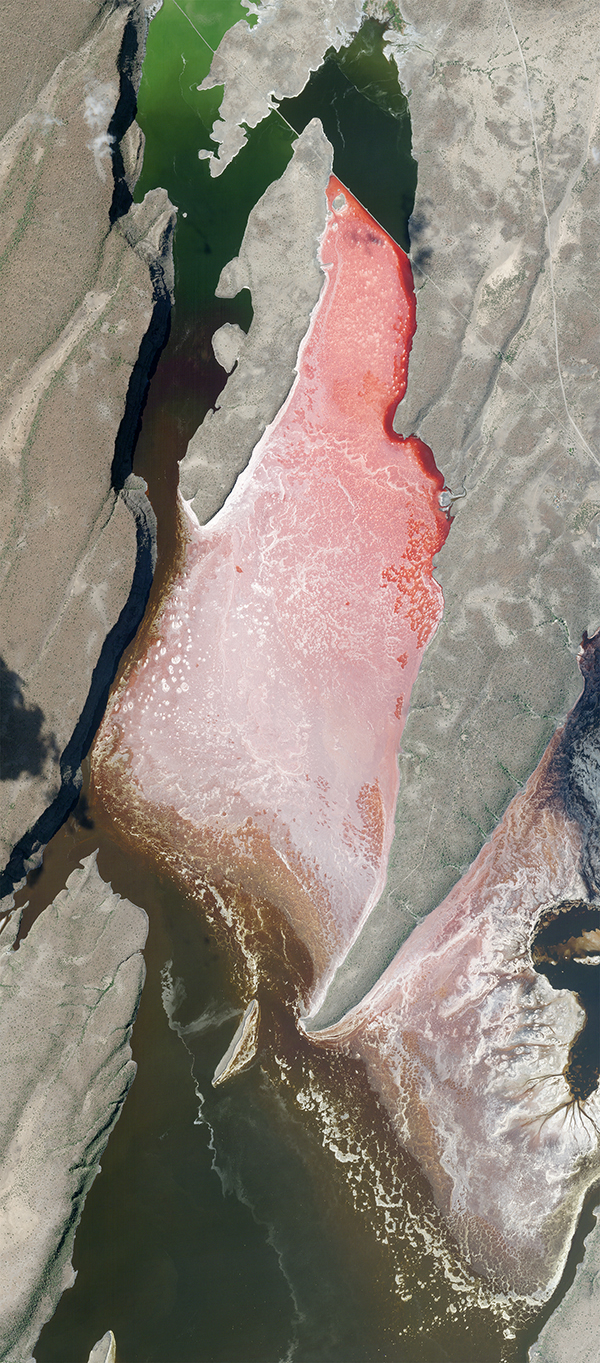 |
 |
SkySat • Lake Magadi, Kenya • May 24, 2023 |
We’ve barely scratched the surface when it comes to lakes, the problems facing them, and their wonders. There’s a lot of them out there, after all. And while we’ve just dipped our toes in for now, rest assured we’ll get to all the other great lake-related stories soon. |
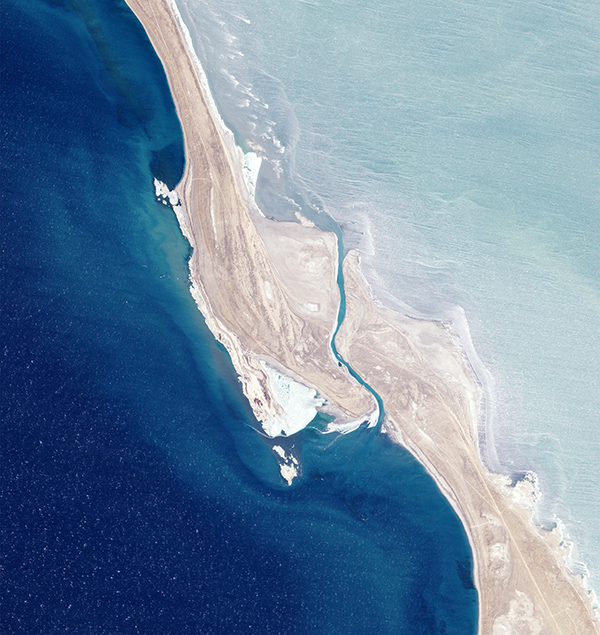 |
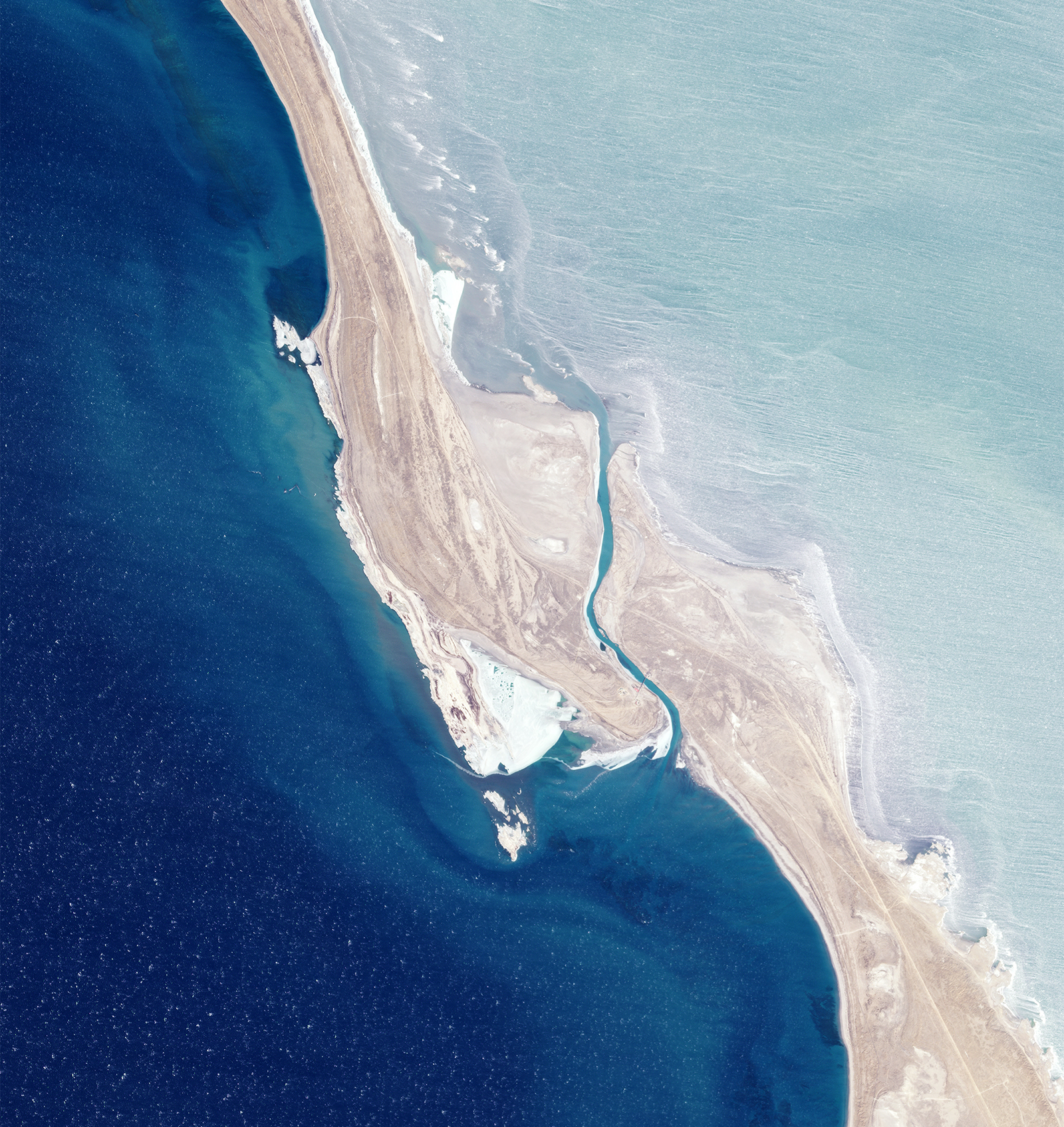 |
PlanetScope • Isthmus between the Caspian Sea and Garabogazköl, Turkmenistan • January 13, 2023 |
|
|
|
|
|
|
|
|
|
|
|
IN THE NEWSSmoke & Fire
Millions living in Northeast America awoke yesterday to a sight usually reserved for fire-prone areas: the unambiguous orange-tinted haze of wildfire. As air quality indices flew past triple digits, people took to social media to share visual comparisons: Blade Runner, Mars, and Breaking Bad’s color grading. Yet in many ways there is no apt comparison for the uncharted territory we’ve ushered in. |
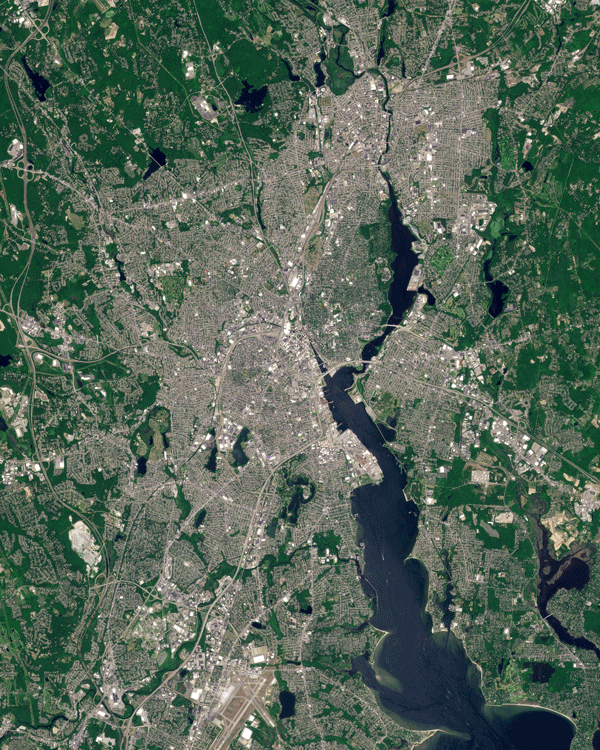 |
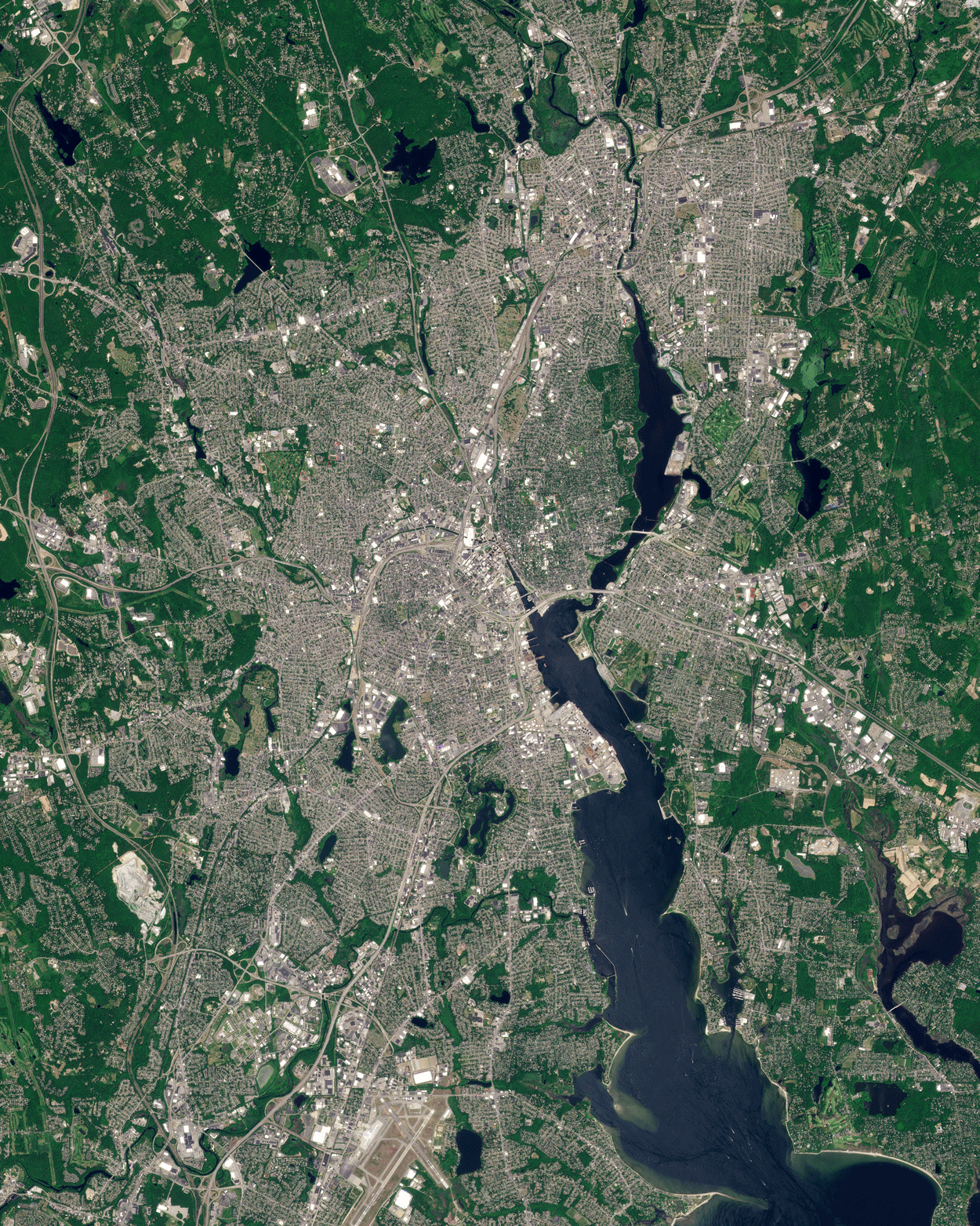 |
PlanetScope • Wildfire smoke, Providence, Rhode Island, USA • May 31 - June 6, 2023 |
The smoky haze descended from the more than 400 wildfires burning in Canada. The one shown here is reported to have burned 17,000 hectares, or roughly 3x the size of Manhattan. Where there’s smoke, there’s fire. And in the interconnected world we live in, events can trigger changes over profound distances in both time and space. |
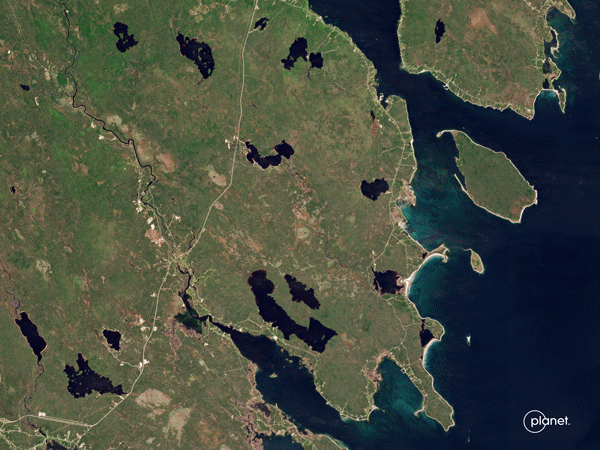 |
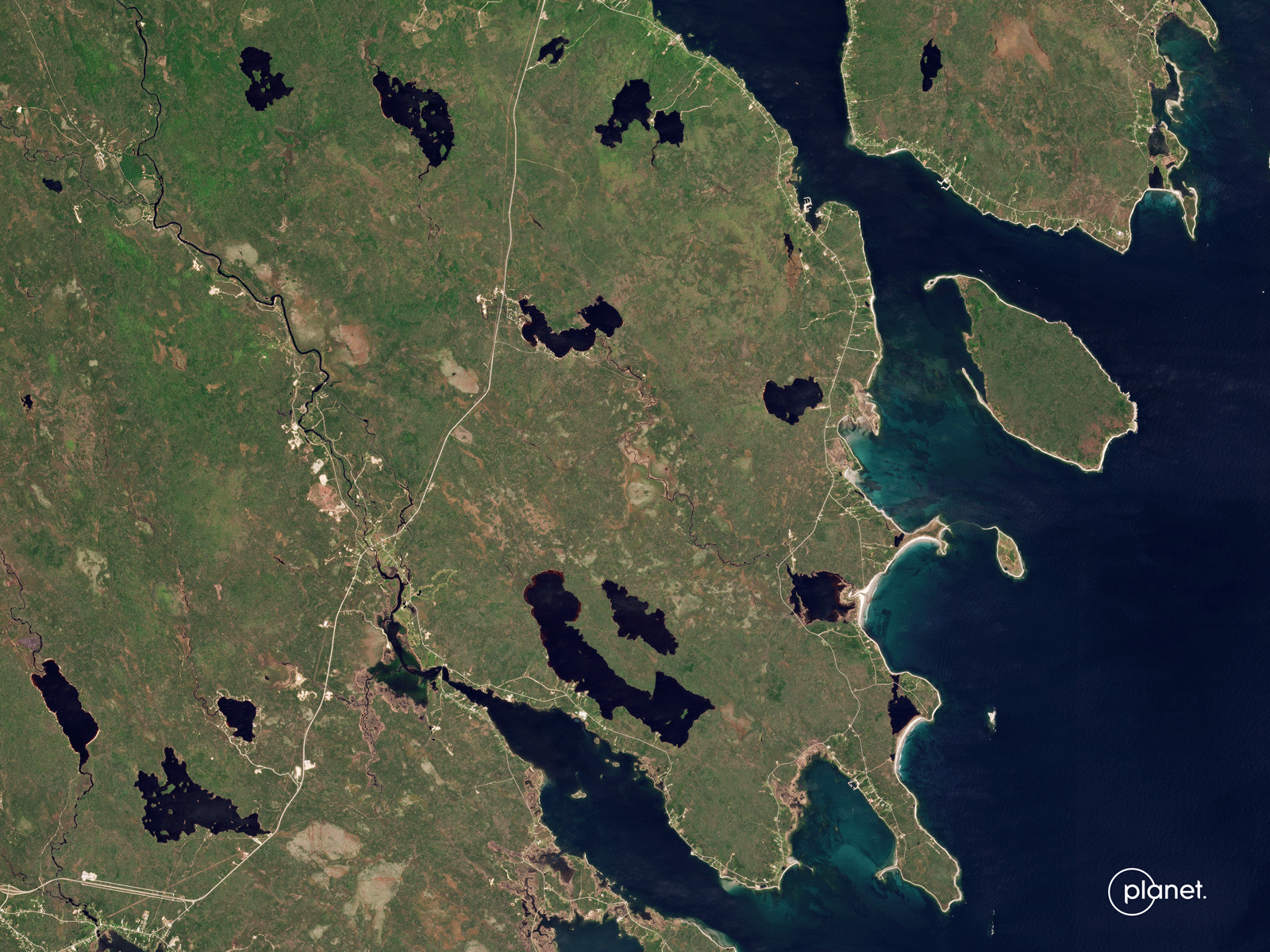 |
PlanetScope • Wildfires, Shelburne County, Nova Scotia, Canada • May 27 - 31, 2023 |
|
|
|
|
|
WHAT IN THE WORLDSpotted Lake
We hesitated to include this because it… well, kind of freaks us out. But alas, Canada’s famous spotted lake takes on this unusual texture each summer as water evaporates and leaves behind these mineral-rich pools. Its formation may have started eons ago, but in the years since it’s served as a culturally historic site for the First Nations in the area. |
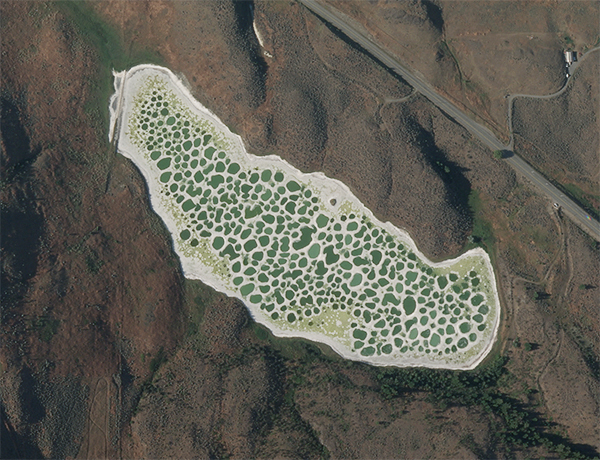 |
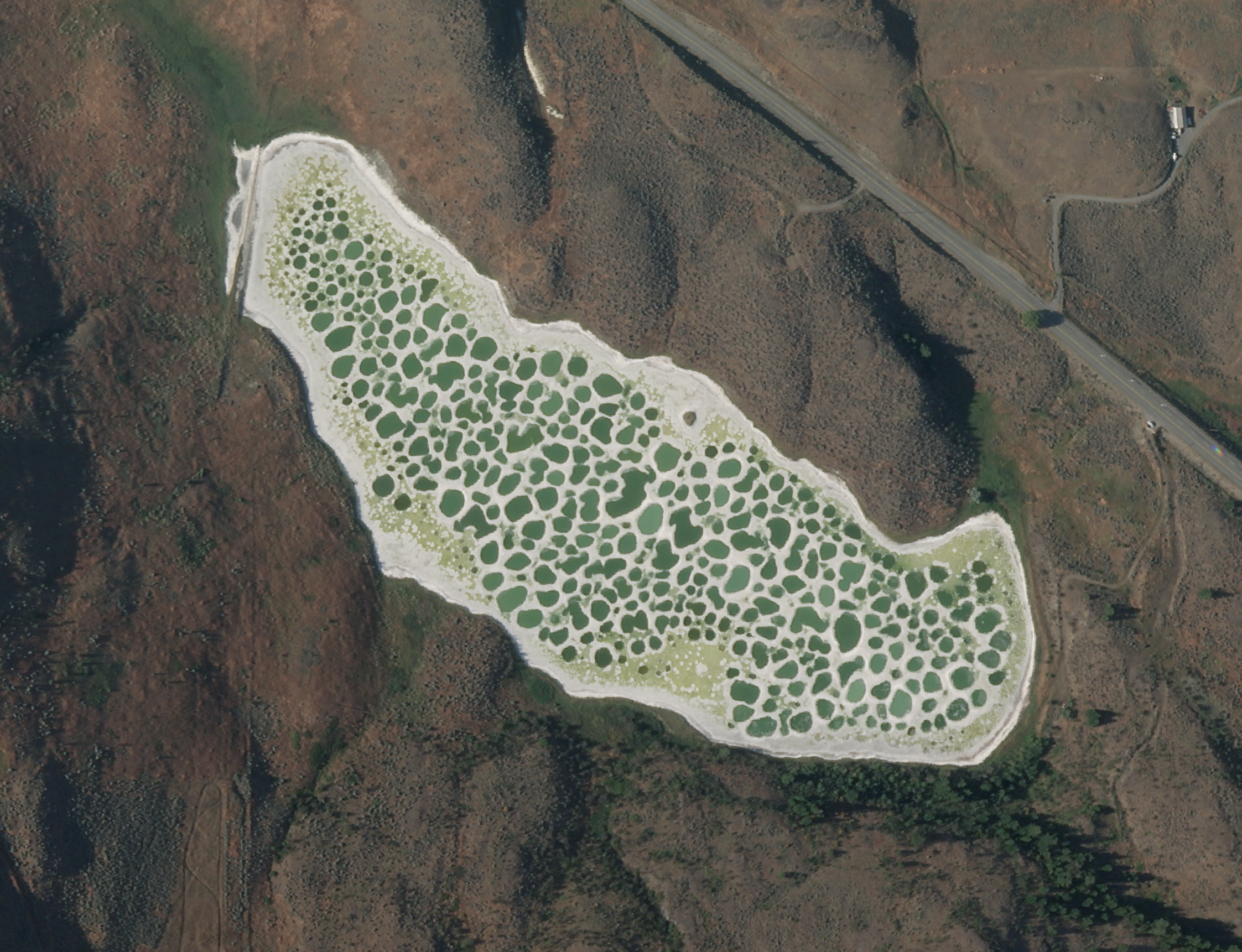 |
SkySat • Spotted Lake, Similkameen Valley, Canada • August 11, 2022 |
|
|
|
|
|
Weekly Revisit
Last week we took a look at some of the new geoparks UNESCO added to its esteemed list. So check it out in case you missed it and read more stories from the full archive if you’re extra curious.
|
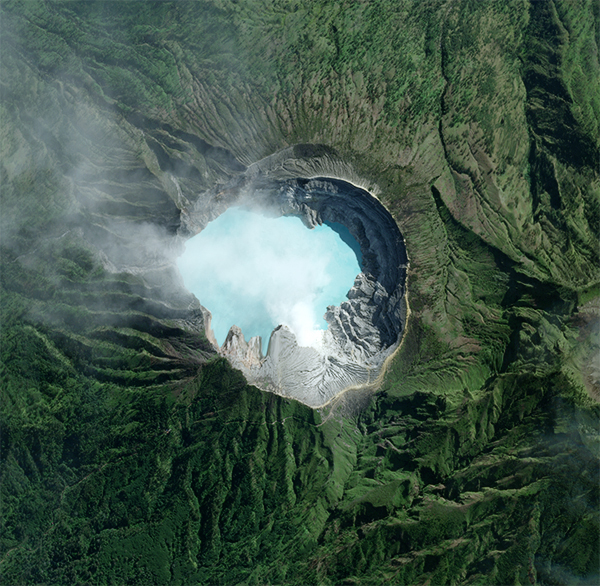 |
SkySat • Ijen Geopark, Indonesia • May 26, 2023 |
|
|
|
|